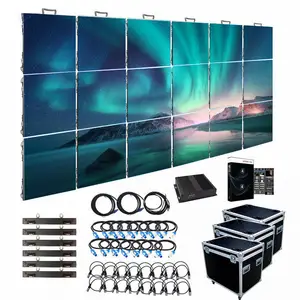Giới thiệu về thay thế màn hình tv led
Alibaba.com cung cấp các sản phẩm 7430 thay thế màn hình tv led. Có rất nhiều thay thế màn hình tv led lựa chọn dành cho bạn, chẳng hạn như thay thế, xây dựng trong máy ảnh, và lắp ráp. Bạn cũng có thể chọn từ máy tính, máy ảnh, và màn hình thay thế màn hình tv led. Cũng như từ tv-out, s-video, và d-sub thay thế màn hình tv led.Và bất kể thay thế màn hình tv led là mới, kho.














